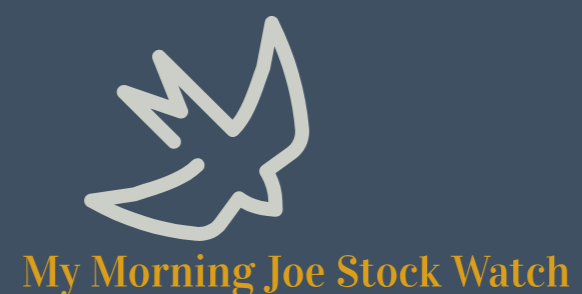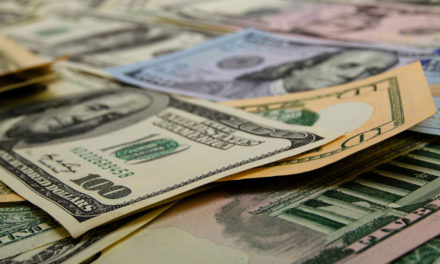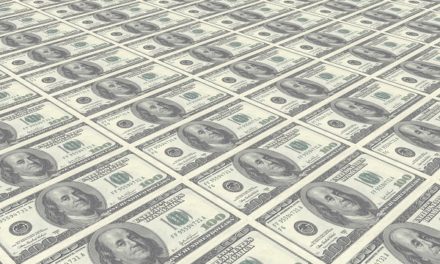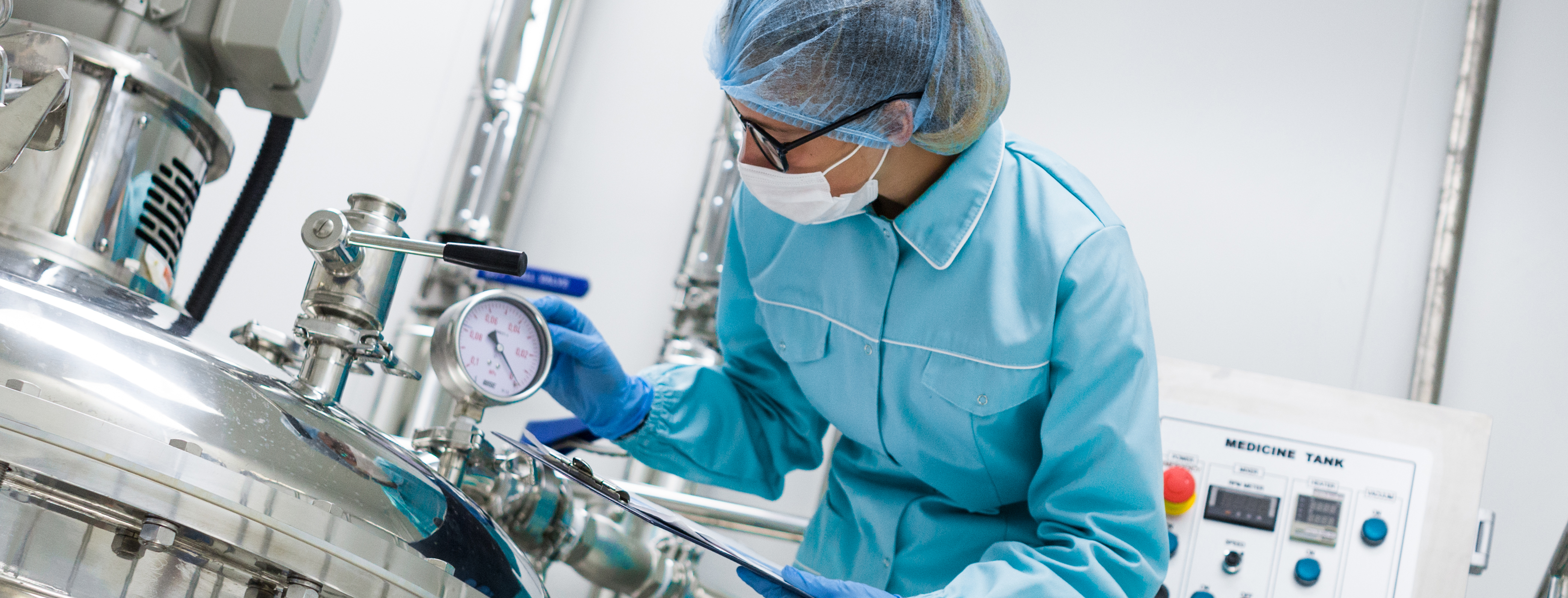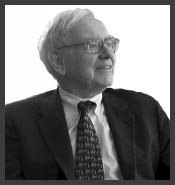
“I buy on the assumption that they could close the market the next day and not reopen it for five years.”
— Warren Buffett
Such a great quote from Warren Buffett, highlighting the importance of investment time horizon when considering making an investment. In the short run, who knows what the stock market will do? A week or two after buying any given stock, could the entire stock market fall out of bed? Quite possibly! Should that happen, how would you react? It is an excellent question to think about before hitting the buy button.
For investors who take a multi-year time horizon, the important thing is not what happens in the next week or two, but what the result will be over the long haul. Today, we look at the result investors of the year 2020 experienced, who considered an investment in shares of Regions Financial Corp (NYSE: RF) and decided upon a five year investment time horizon.
| Start date: | 01/14/2020 |
|
|||
| End date: | 01/13/2025 | ||||
| Start price/share: | $16.49 | ||||
| End price/share: | $23.62 | ||||
| Starting shares: | 606.43 | ||||
| Ending shares: | 743.52 | ||||
| Dividends reinvested/share: | $3.87 | ||||
| Total return: | 75.62% | ||||
| Average annual return: | 11.91% | ||||
| Starting investment: | $10,000.00 | ||||
| Ending investment: | $17,558.13 | ||||
As shown above, the five year investment result worked out quite well, with an annualized rate of return of 11.91%. This would have turned a $10K investment made 5 years ago into $17,558.13 today (as of 01/13/2025). On a total return basis, that’s a result of 75.62% (something to think about: how might RF shares perform over the next 5 years?). [These numbers were computed with the Dividend Channel DRIP Returns Calculator.]
Many investors out there refuse to own any stock that lacks a dividend; in the case of Regions Financial Corp, investors have received $3.87/share in dividends these past 5 years examined in the exercise above. This means total return was driven not just by share price, but also by the dividends received (and what the investor did with those dividends). For this exercise, what we’ve done with the dividends is to assume they are reinvestted — i.e. used to purchase additional shares (the calculations use closing price on ex-date).
Based upon the most recent annualized dividend rate of 1/share, we calculate that RF has a current yield of approximately 4.23%. Another interesting datapoint we can examine is ‘yield on cost’ — in other words, we can express the current annualized dividend of 1 against the original $16.49/share purchase price. This works out to a yield on cost of 25.65%.
More investment wisdom to ponder:
“Cash is a fact, profit is an opinion.” — Alfred Rappaport
